Up until recently, the largest body of water located entirely within Switzerland was unchartered territory for us. But ask any Roman back in 325 AD and they would have told you that Lake Neuchâtel, and Yverdon-les-Bain in particular, were strategic hotspots.
We decide to put this region onto our Swiss map once and for all. And what better way than by spending a long weekend there?
A historic walking tour of Yverdon-les-Bains
We combine our visit to Yverdon-les-Bains with a stay at the Grand Hôtel des Rasses. From the altitudes of the Jura plateau, Yverdon-les-Bains is a curvy 25-minute drive away.
Now at the southern tip of Lake Neuchâtel, we are still within canton Vaud. In order to delve right in, we start our stay with a walking tour of Yverdon-les-Bains.
Our English-speaking guide, Mr. Christian Schülé, is a local with a big heart for his hometown. He shows us nooks and crannies that we would have otherwise missed, filling them with personal anecdotes.
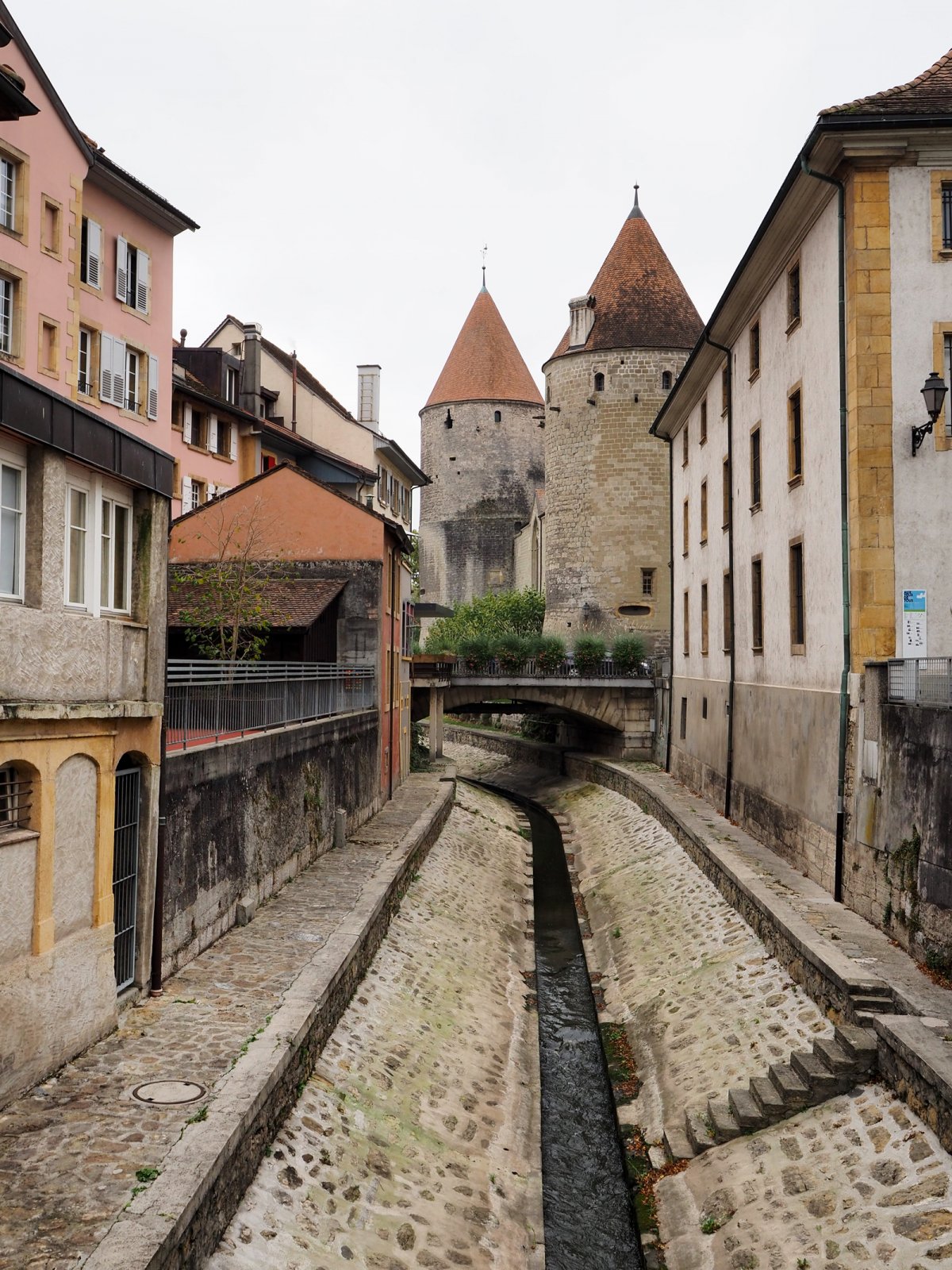
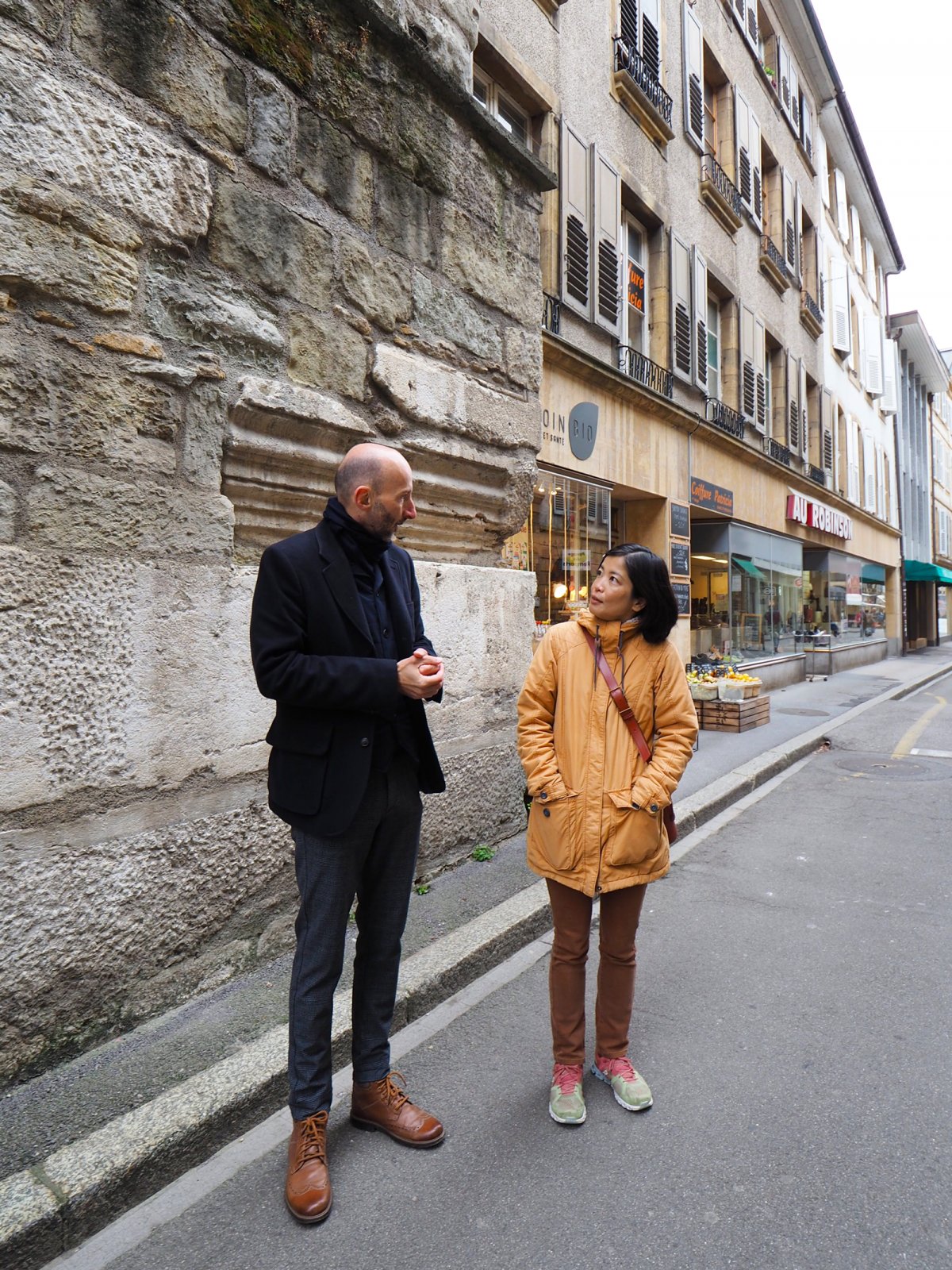
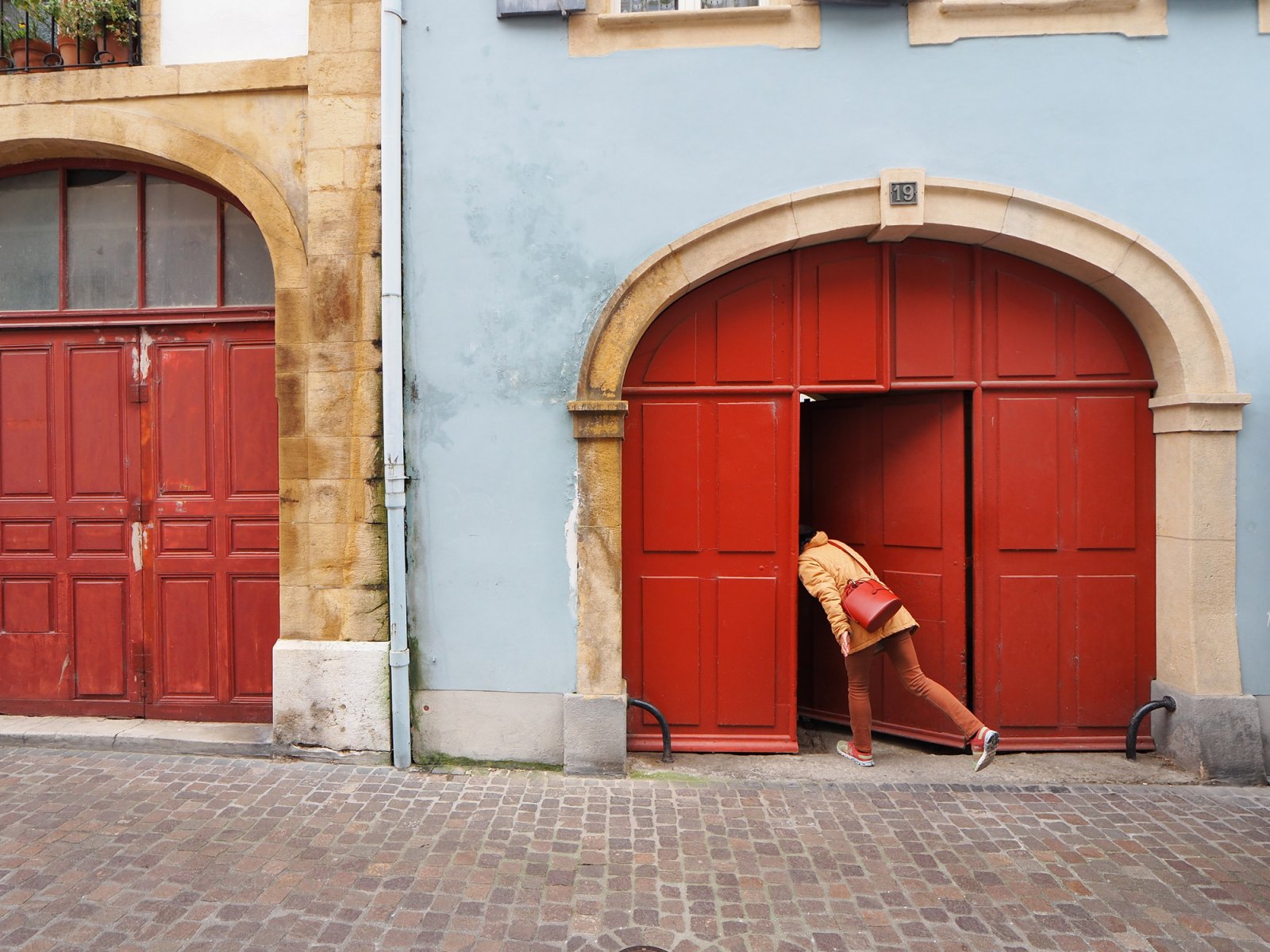
For instance, we had no idea that the rows of townhouses in the old town conceal secret gardens. Thanks to the guide’s connections, we are allowed a privileged look at one such garden.
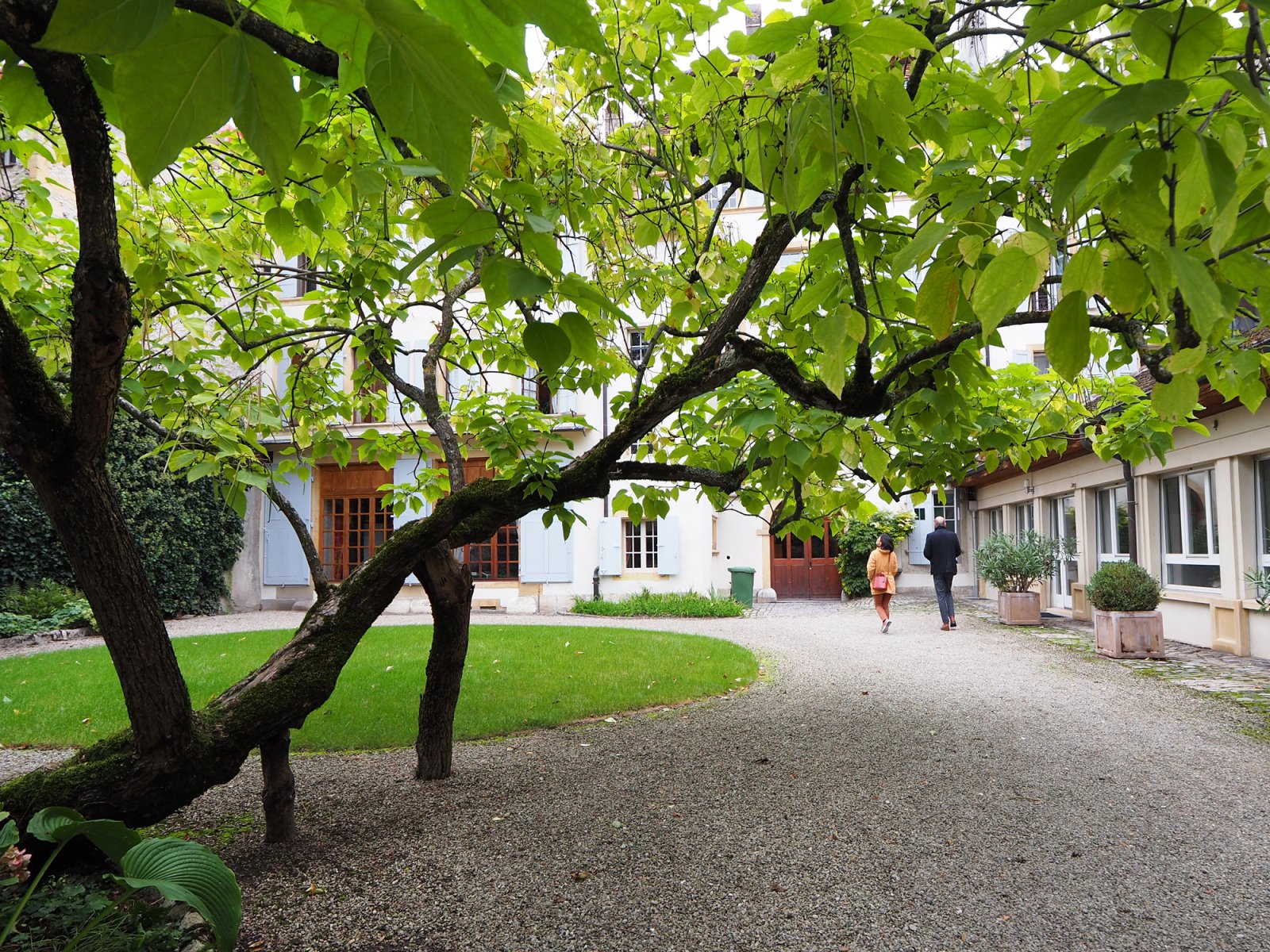
Our guide also provides essential historical backgrounds on Yverdon-les-Bains. Apart from interesting factoids, Mr. Schülé shows us live examples of history. While walking the alleys of the old town, one cannot escape the central plaza in front of the cathedral. (The fountain is a popular meeting point for locals.)
The Paroisse d'Yverdon-Temple captivates us: the rounded edges, proportions, and the color of rocks are unlike anything we have seen before. On the side of the building, our guide points out the various building materials that have been recycled over the course of history. A Roman column has clearly been repurposed along with local sandstone:
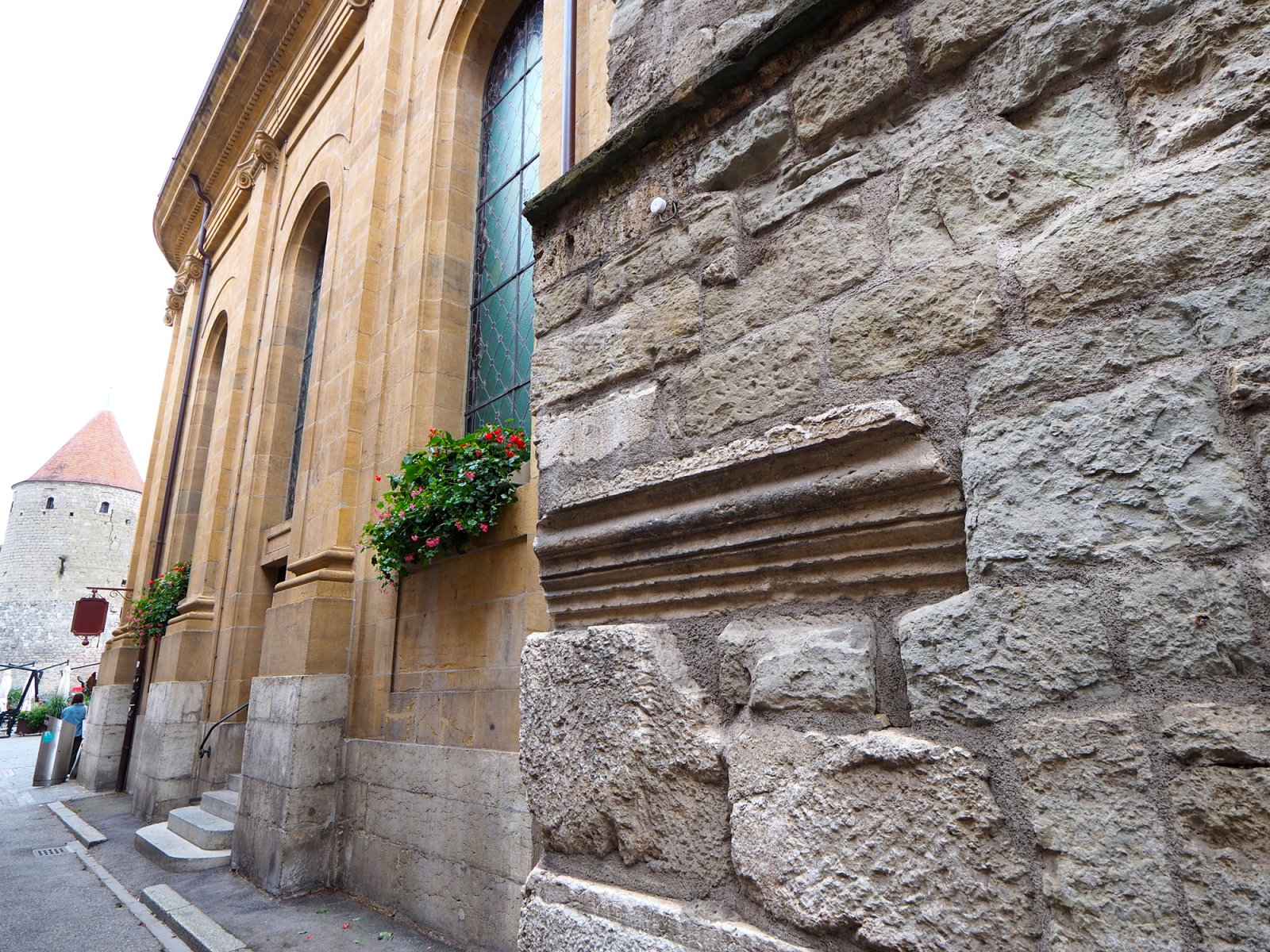
Back in 325 AD, the Romans recognized the strategic location at the tip of the lake. They would erect Eburodunum in this very place, a fort that evolved into the most important port north of the Alps.
In the Middle Ages, the Roman fort evolved into a Medieval trading hub for salt. Since the natural resources in Switzerland could not fill the demand, the white gold was being imported from France to the salt warehouses in Romainmôtier and Yverdon-les-Bains. Today, this heritage can be experienced along the Terra Salina, a tourism project highlighting salt as a link between France and Switzerland.
Our favorite discoveries in Yverdon-les-Bains
A visit to Yverdon-les-Bains would be incomplete without walking the shores of Lake Neuchâtel. On this windy autumn morning, the choppy lake looks more like the sea. Our walk to the Menhirs de Clendy turns into an unexpected getaway-within-a-getaway.
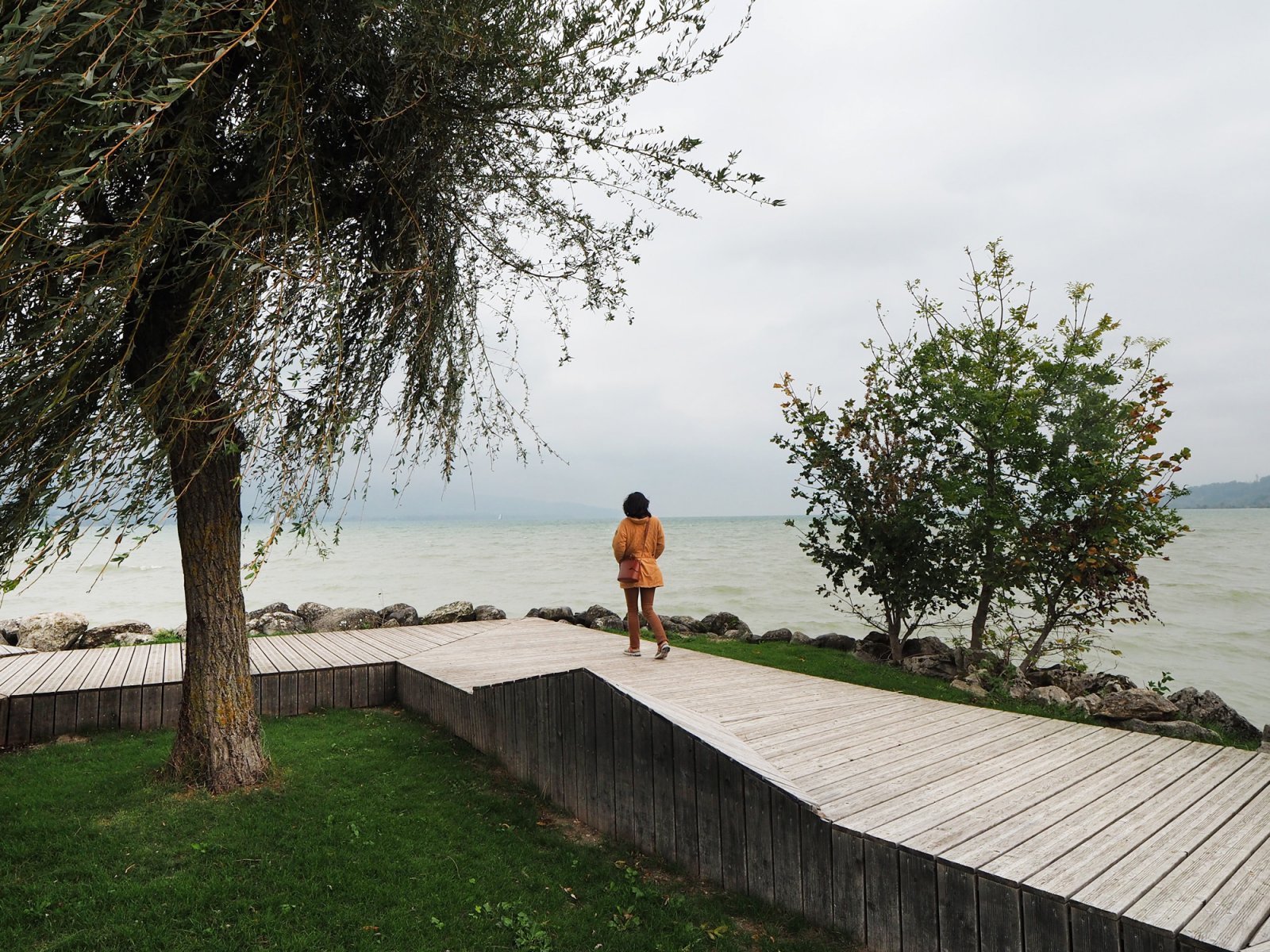
Menhirs are remnants of ancient civilizations who have called these shores their home. On this site, we count no less than 45 slabs that were placed in particular alignments. We respectfully touch the surface of some of these menhirs, imagining what was here 6000 years ago.
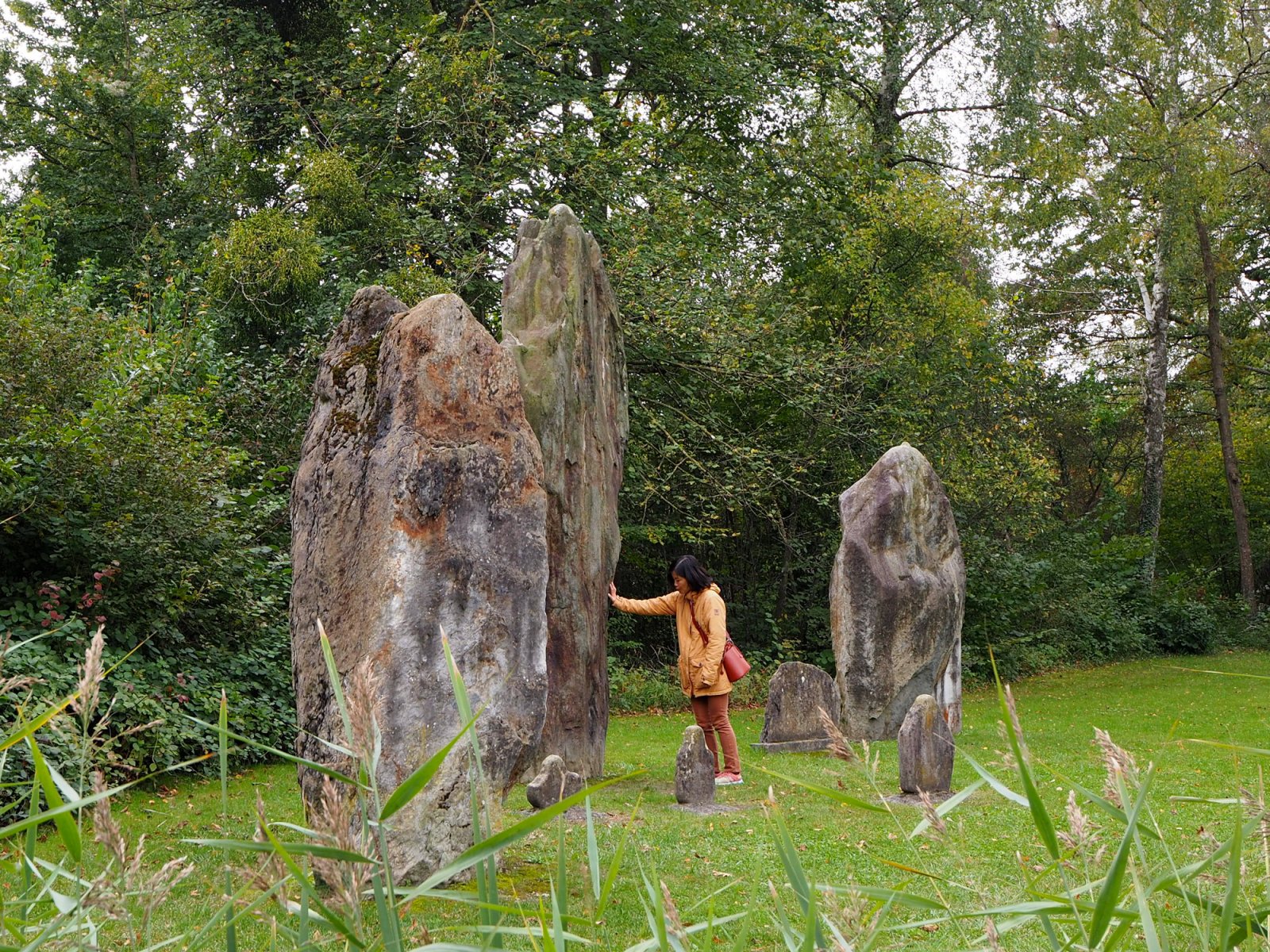
Back in town, we have a lunch reservation at Le Botanik. This upbeat eatery serves savory dishes that are also eye-candy. We are seated at a vintage table, others cozy up on couches and chaises. We really like the vibes of this restaurant and will surely return for more.
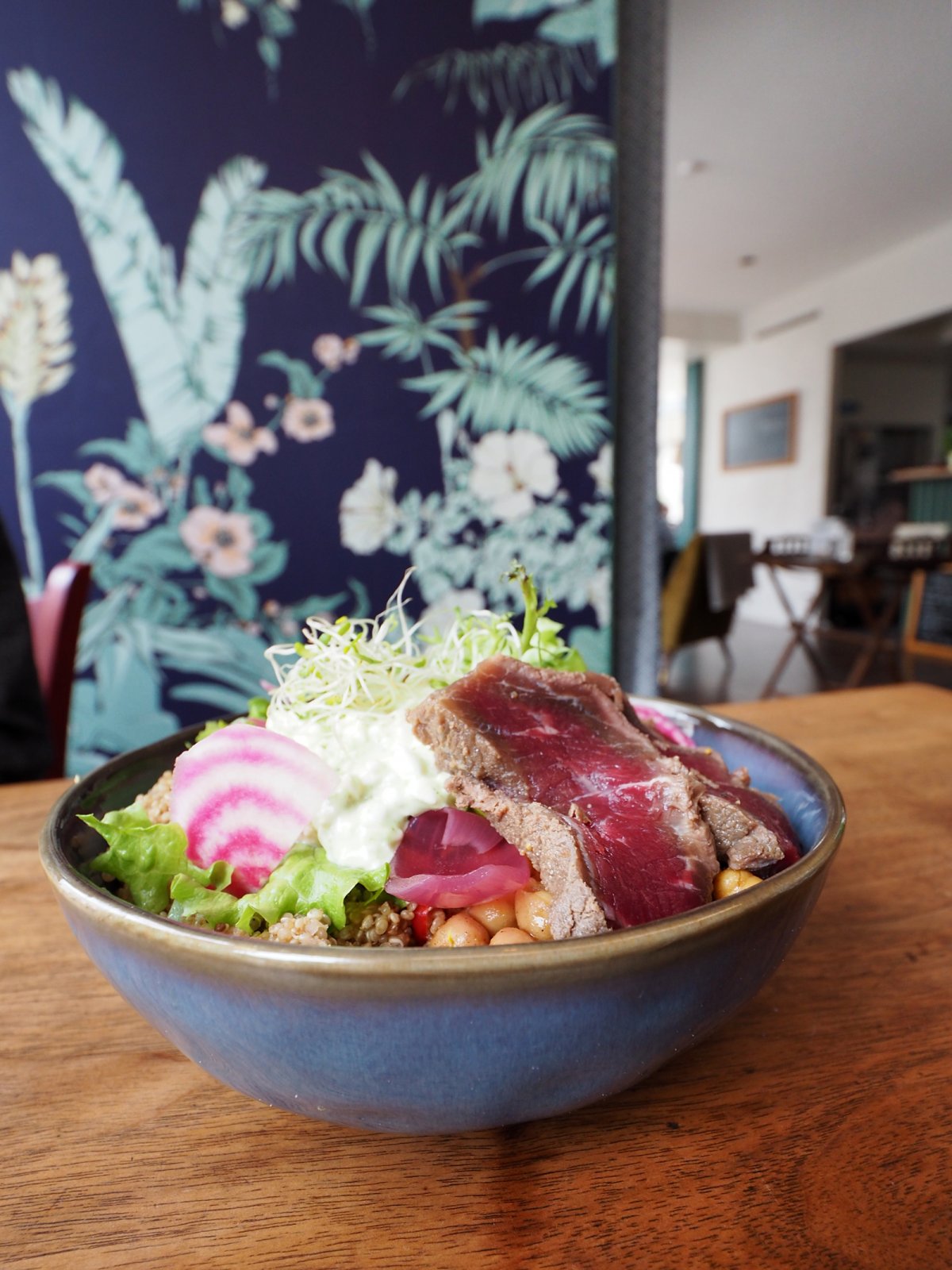
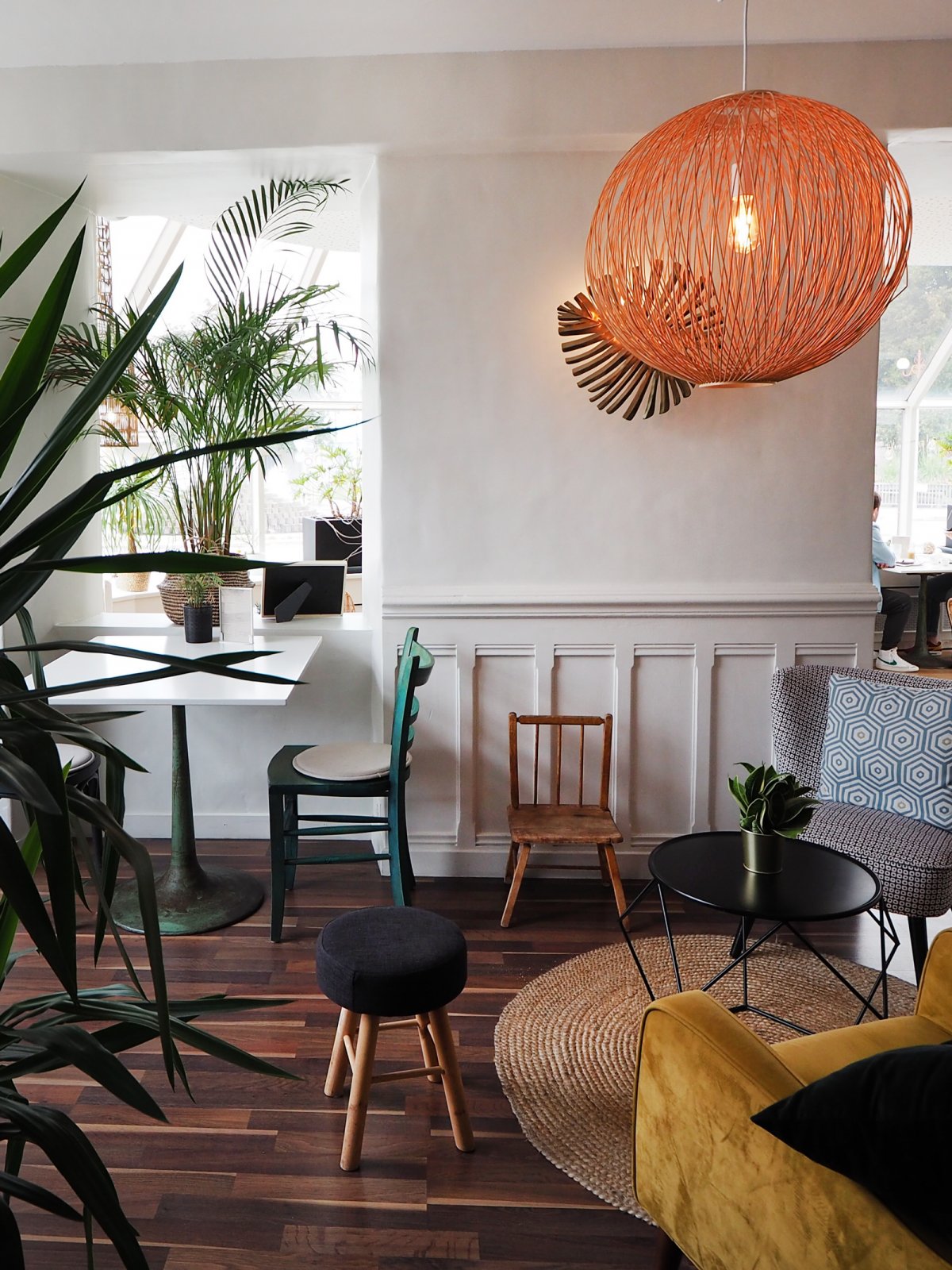
Nearby, the Maison d’Ailleurs (House of Elsewhere) is a museum and archive dedicated to science fiction and fantasy. The building by the medieval city moat used to house the prison. And still today, it captivates those who step inside.
The small museum is an unexpected discovery, awakening the inner geeks in us. Where else can you look at original prints of Jules Verne posters beside a collection of sci-fi pulp magazines?
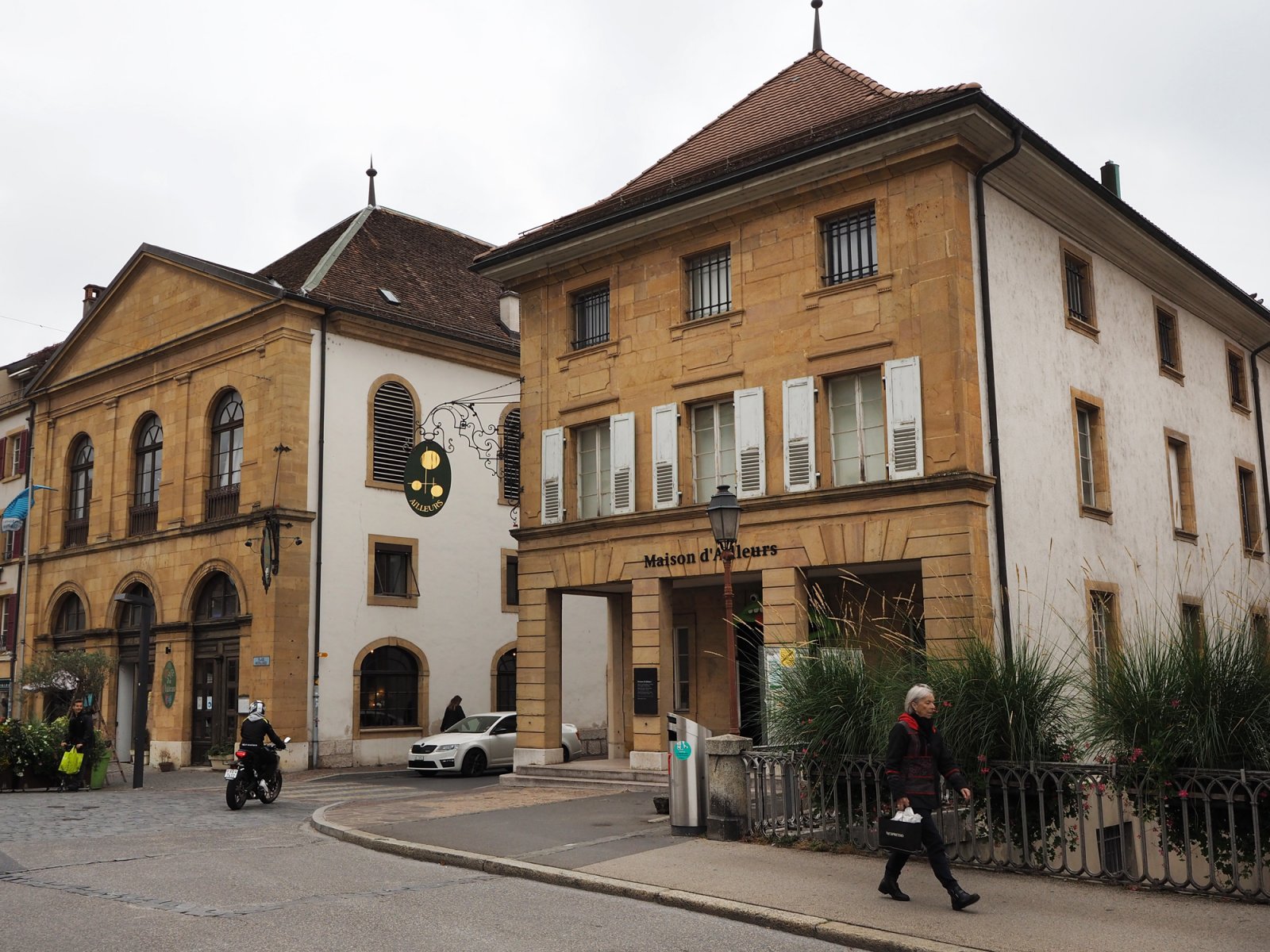
And in a swoop, we are back at Hôtel du Théâtre. The location close to the train station, and just steps from the old town, is ideal. The three-star hotel is basic but perfectly fine for one or two nights.
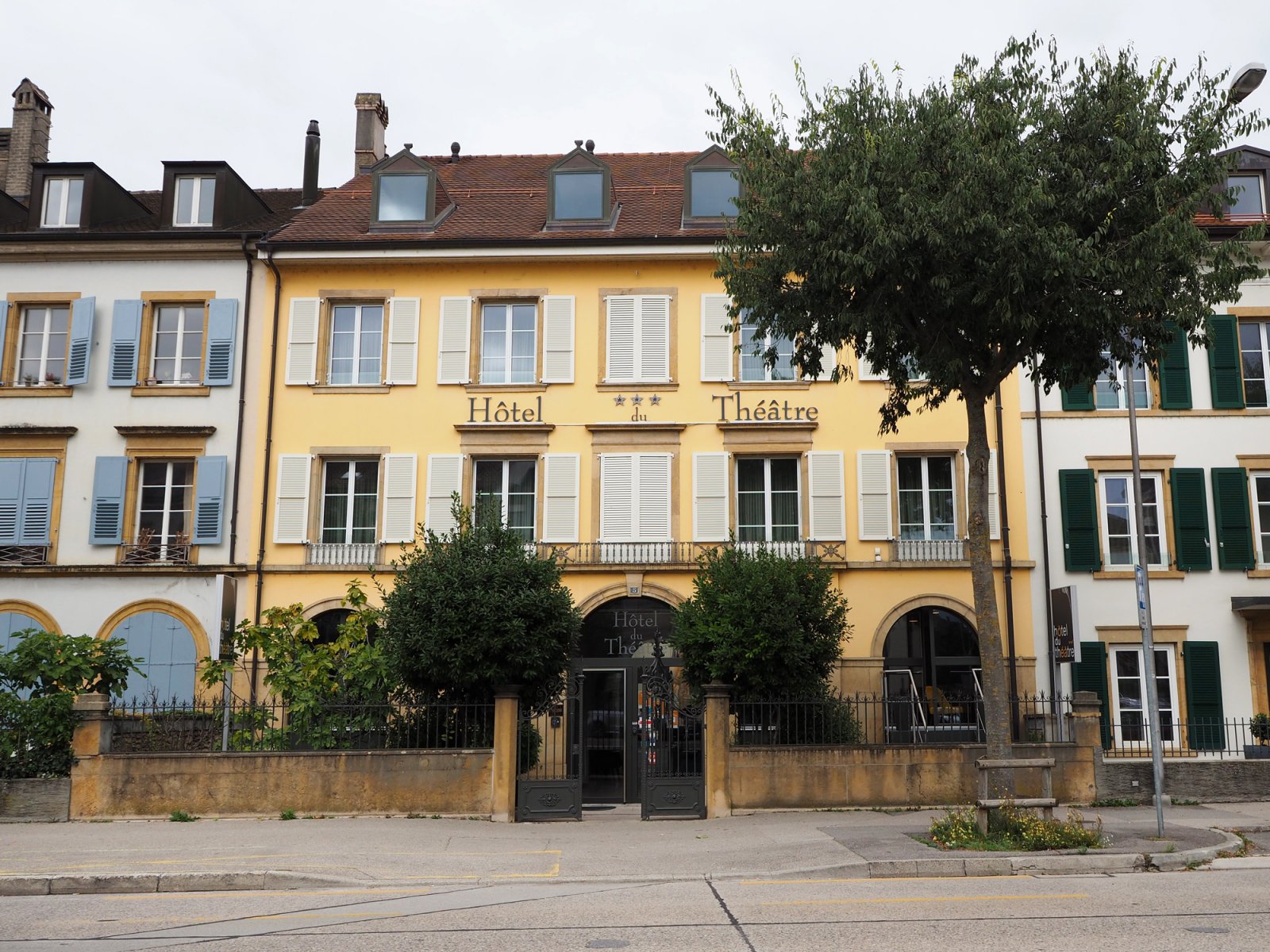
Wine tasting along Lake Neuchâtel
The following day is all about getting to know the local wine culture. On the way to our wine tasting appointment, we make two deliberate detours. We simply cannot skip the power spot menhirs in Bonvillars and Concise.
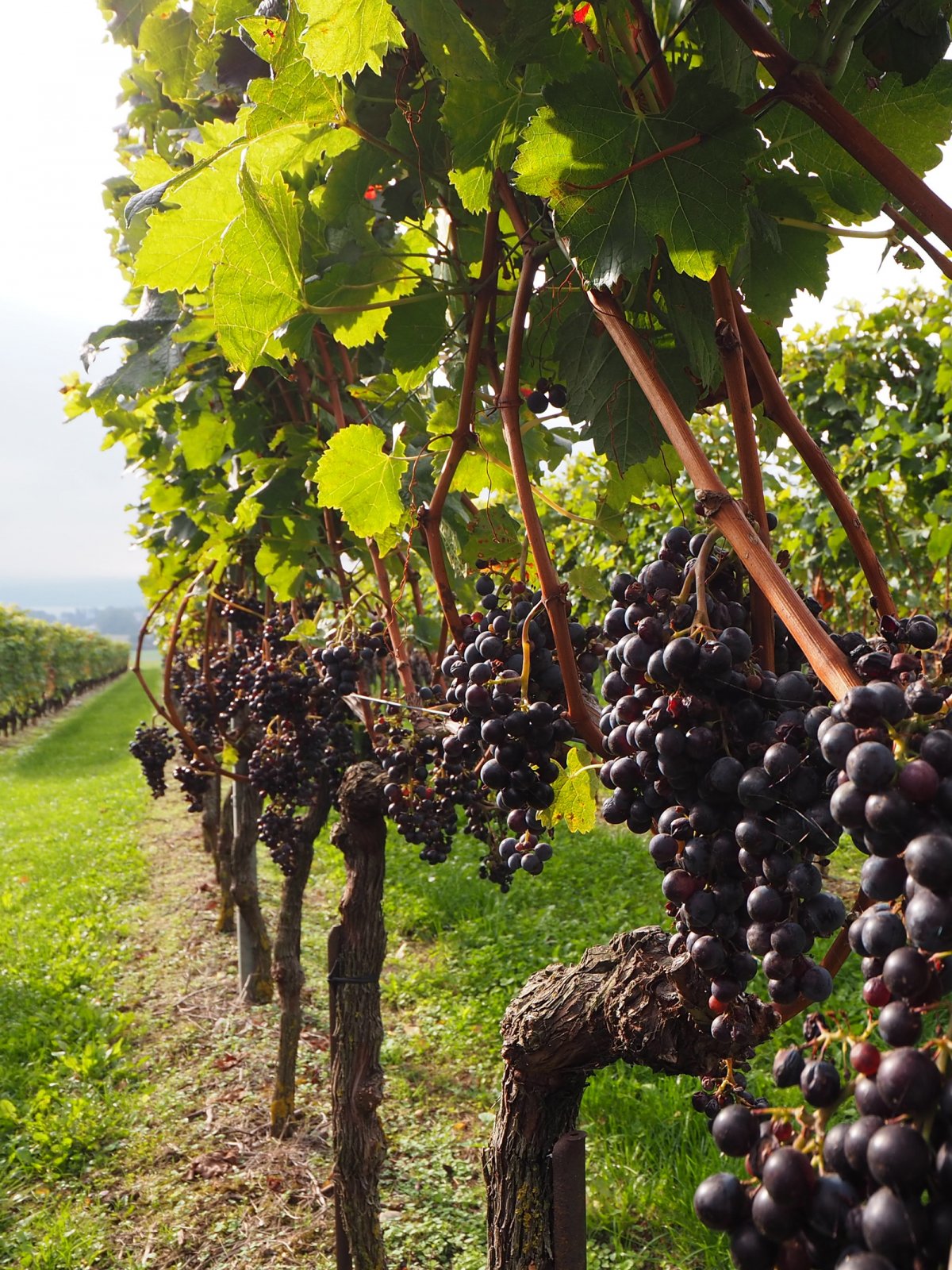
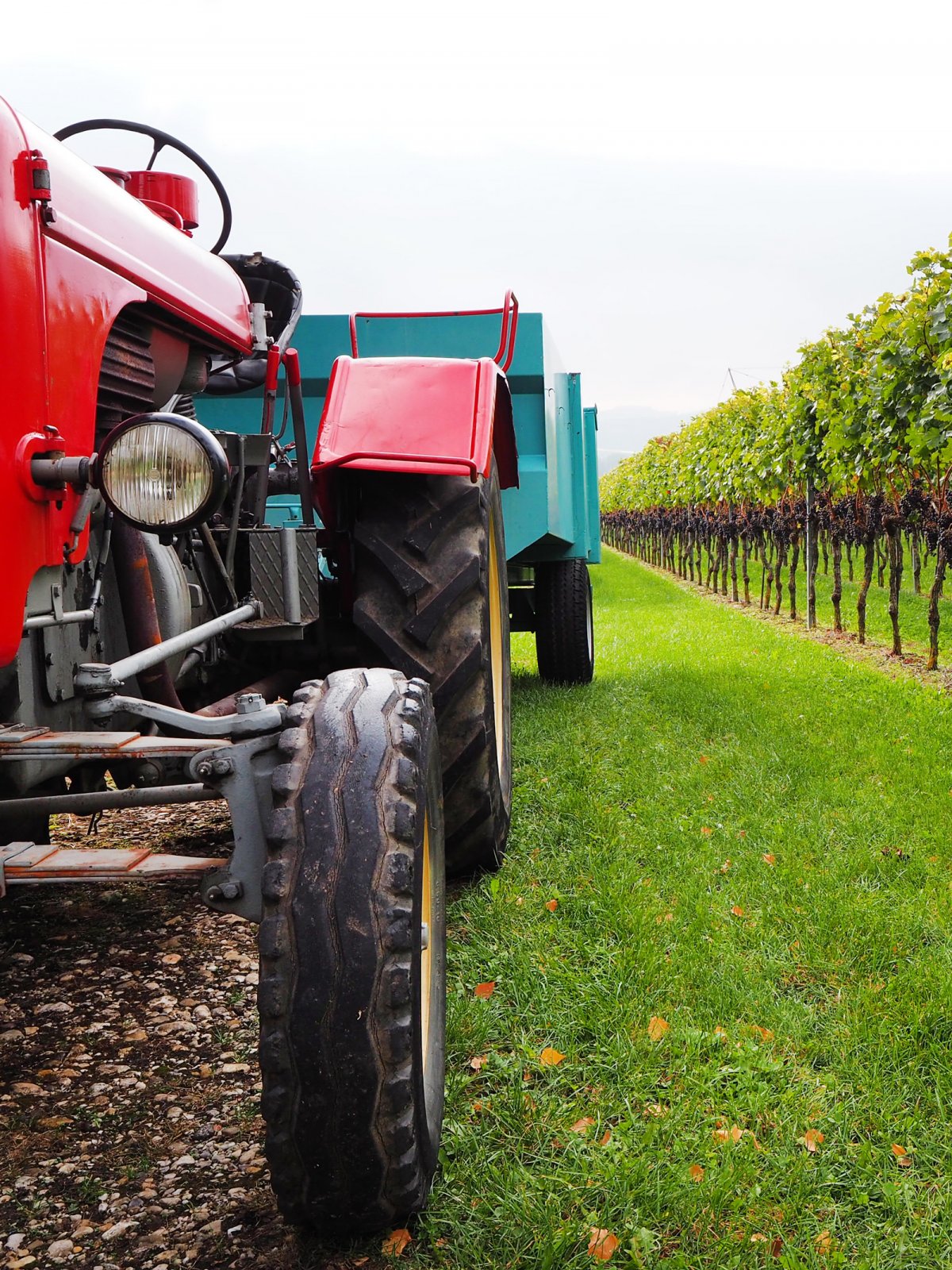
In the town of Concise, we meet up with André Leuenberger, a first-generation wine maker. His Domaine, Les Vins du Pontet, is located inside a gigantic historic barn. André began wine making as a hobby in 2012. Until 2015, he would rent grapevines in order to experiment and create his own wine. Fortunately, he has been able to purchase his own vineyard lots in the time since.
His grapes are still young, but he calls them ideal nonetheless: "We used to say that grapes are like humans; they can get very old. But 40 years is a good old age, in my opinion. And there could be valid reasons for younger grapes, such as a wine-maker switching grape varieties.”
In 2020, Les Vins du Pontet produced about 10’000 bottles. But in 2021, the expected harvest of 8 to 10 tons was cut short due to three consecutive hail storms. The severity of these storms surprised André who explains that Concise is usually protected. “This summer, the storms came from all directions and created massive damage. We were only able to harvest 500 kg of grapes from our own vineyards.”
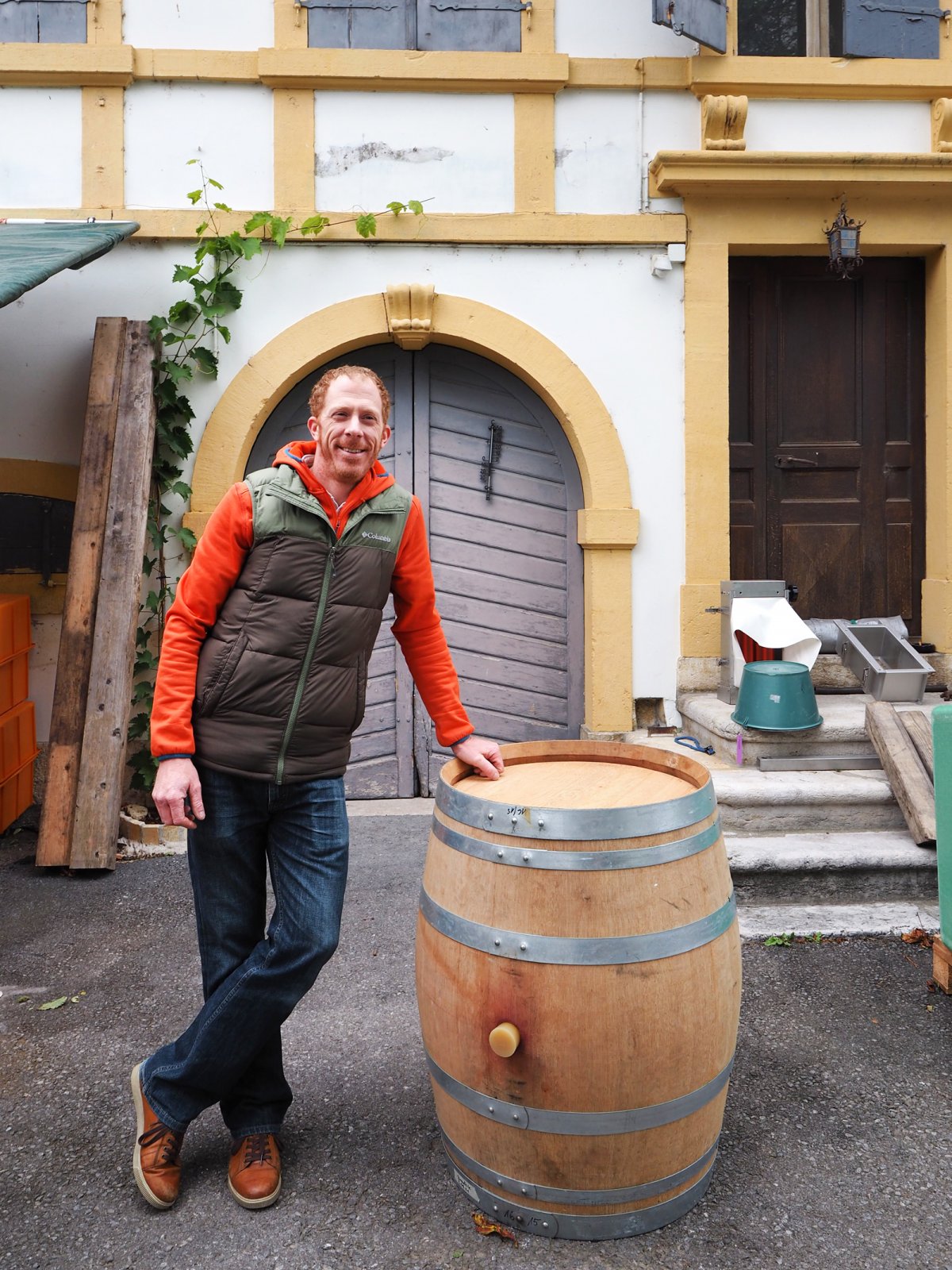
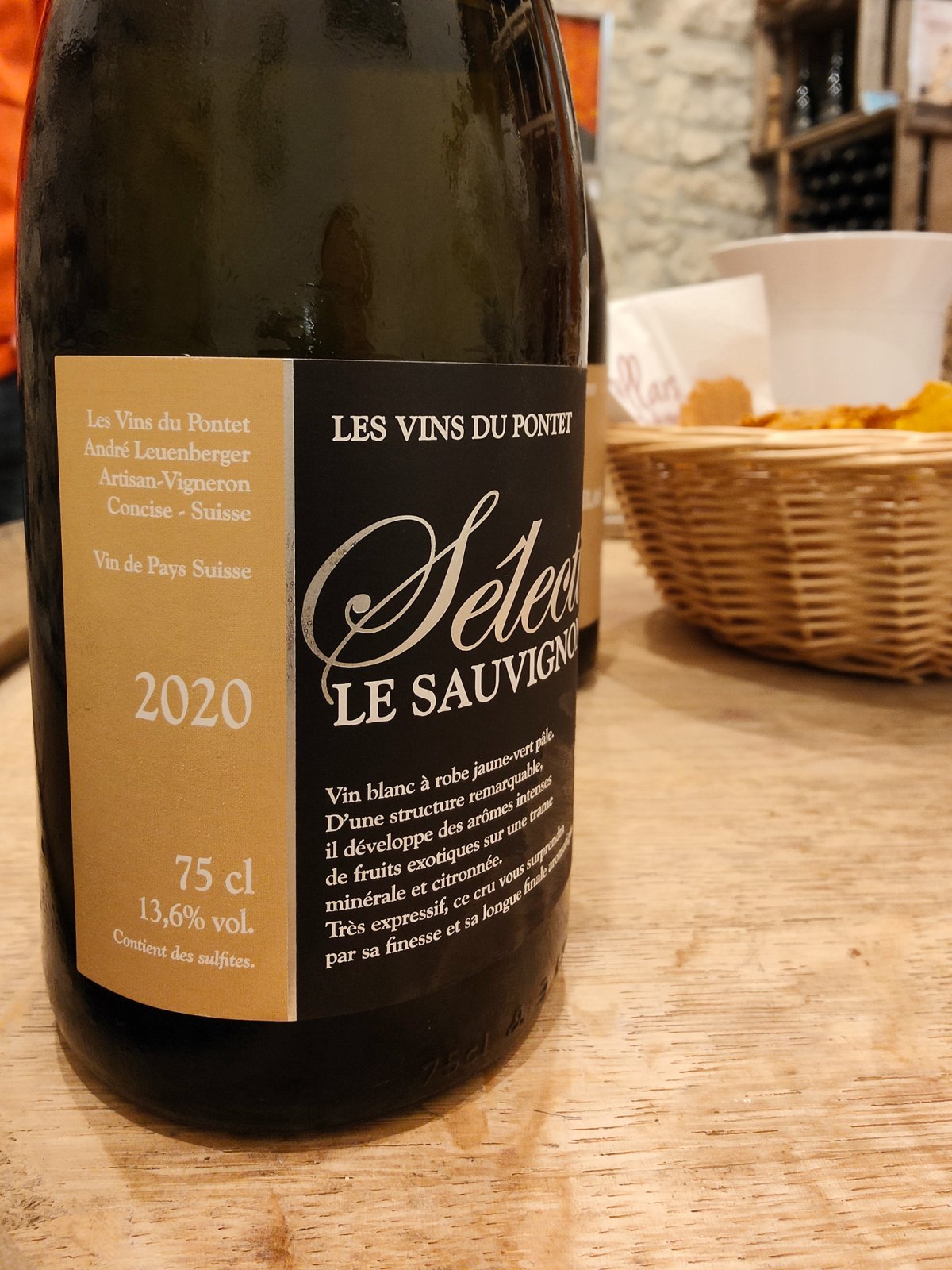
One of André’s specialties is to bottle his wine exclusively during summer, giving the grapes some extra time to ripen: "It's almost mystical what's going in in a barrel. Watching, having trust in nature, not to react too much is my philosophy.”
We are keen on his 2019 Chasselas of Garanoir grapes. It’s fruity and almost salty, and it lacks the otherwise typical minerality of Chasselas wines. From the day of harvest to bottling, the grape juice spent 10 months in the historic oak barrels.
André’s favorite vintage is his 2020 Sauvignon Blanc, made of grapes that were planted in 2003. "My wine is straightforward and clear, like a beam of light." We think yes.
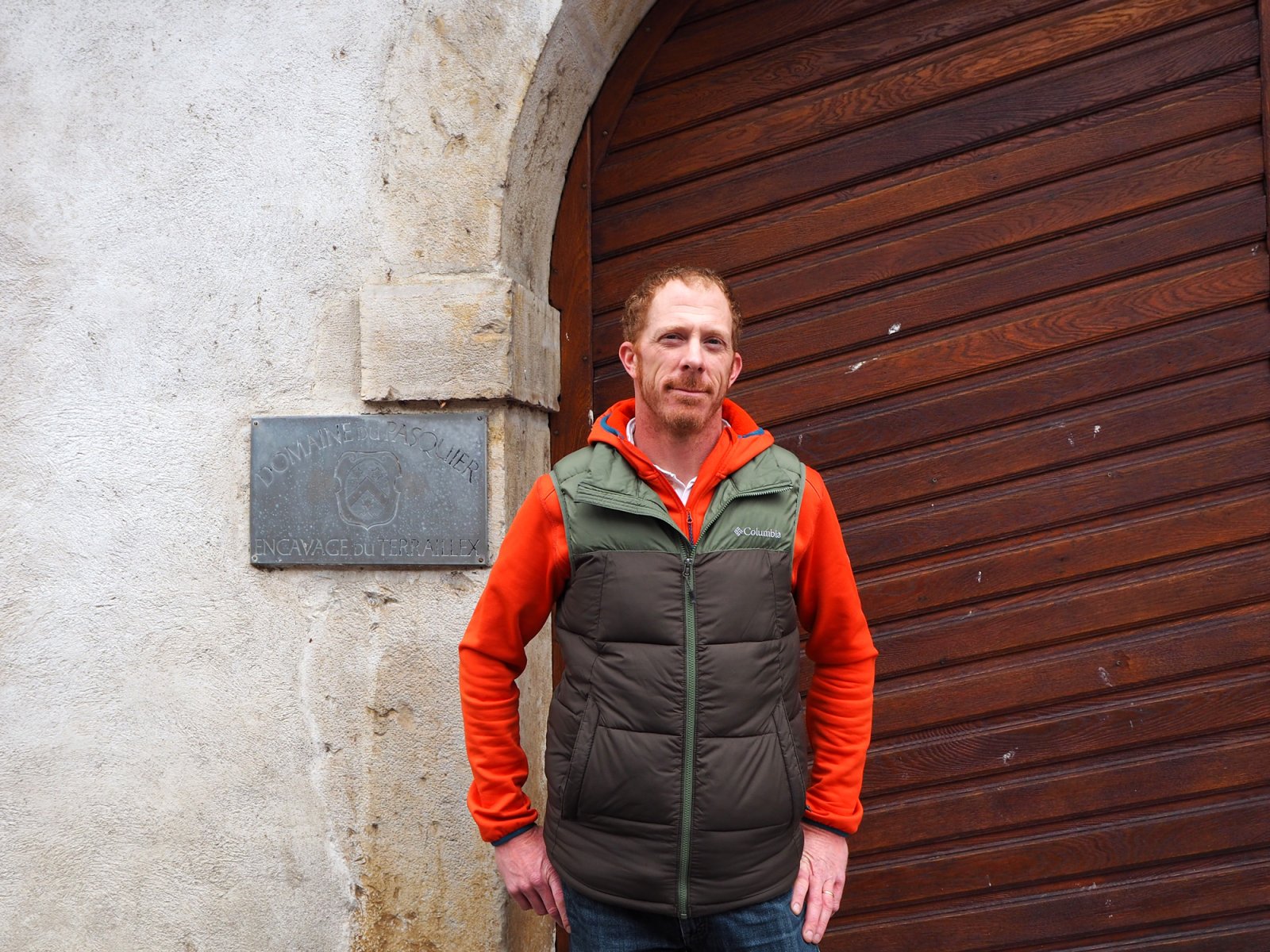

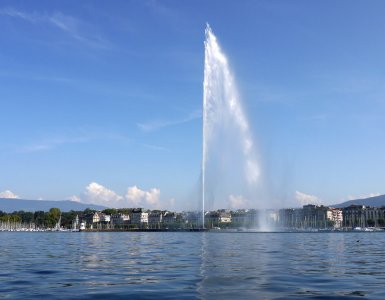
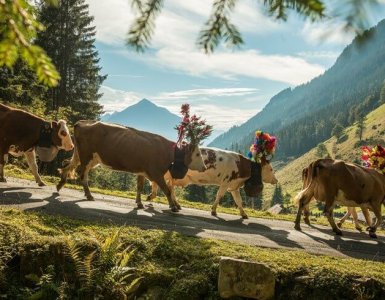
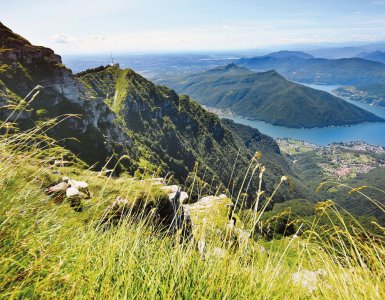

Add comment